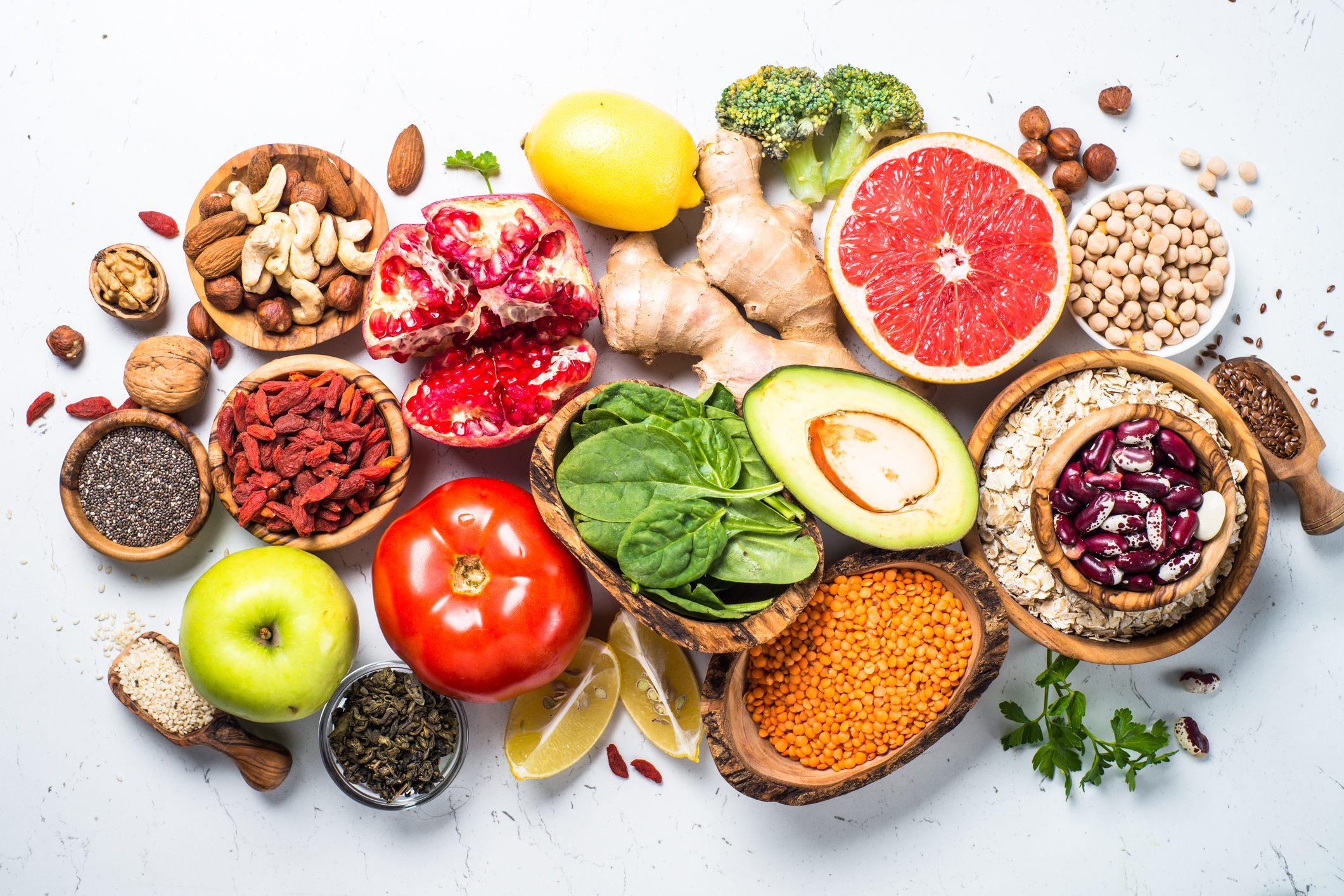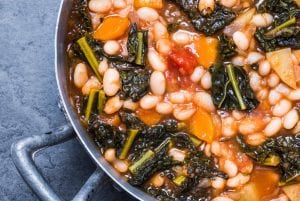
Let’s be honest—college life is chaotic. Between 8 AM lectures, late-night group projects, and trying to find clean socks, food often becomes an afterthought. But here’s the deal: what you eat doesn’t just fill your stomach—it fuels your focus, mood, and stamina. And no, eating healthy doesn’t mean surviving on overpriced smoothie bowls or fancy health trends.
I learned this the hard way during my first semester. I was living off instant noodles and vending machine snacks until one brutal finals week left me so wiped out, I fell asleep during a test (yes, it was as bad as it sounds). That was my wake-up call. I decided to explore real, nourishing food—on a budget.
And that’s how I discovered the magic of budget-friendly superfoods.
What Even Is a Superfood?
Contrary to what Instagram might suggest, superfoods aren’t just expensive powders with hard-to-pronounce names. They’re simply nutrient-packed foods that offer major health perks. The key? You don’t need to be rich to eat like it.
The best superfoods are affordable, versatile, and easy to store—perfect for dorm living or shared apartments.
How I Choose My College Superfoods? (So You Don’t Have To Guess)
Before we dive in, here’s how I judged what made the cut:
- Price per serving (I’m not spending $6 on a smoothie)
- Nutrient density (More benefits in less space)
- Shelf life (Dorm fridges are war zones)
- Prep time (Max: 10 mins. I have lectures.)
- Taste (If I’m not excited to eat it, it’s not happening)
10 Budget-Friendly Superfoods I Swear By
1. Oats – My Morning MVP
Cheap. Filling. Customizable.
I’ve made oats over 10-15 different ways, but my favorite is a microwave-friendly peanut butter banana version. Toss in some chia seeds for texture and fiber—it turns a plain bowl into a brain-boosting breakfast.
Pro tip: Buy oats in bulk and make your own instant oatmeal jars—just add hot water!
2. Eggs – Protein on a Student Budget
One dozen eggs can last a week, and they’re a powerhouse of protein and B12. Scrambled eggs with spinach and a pinch of rock salt—chef’s kiss. I sometimes batch-boil a few eggs at once and use them in wraps, sandwiches, or even on top of instant ramen.
3. Lentils & Legumes – Dal, But Make It Cool
Red lentils (masoor dal) are my comfort food. I cook a big batch every Sunday with turmeric, cumin, and mustard seeds. It keeps well in the fridge and works for lunch or dinner.
Hack: Turn leftover dal into a thick dip with lemon juice and garlic—hello, healthy toast topper.
4. Bananas – The Ultimate Snack
Always cheap, always portable. Great for breakfast, post-workout, or those weird midnight cravings. I freeze overripe bananas and use them for smoothies with oats, milk, and a scoop of peanut butter.
5. Curd (Dahi) – Gut Health on a Budget
Yogurt is great, but plain curd is better for your wallet. I love mixing it with Chukde cumin powder and chopped cucumber for a cooling raita. Probiotic, refreshing, and perfect with spicy meals.
6. Peanut Butter – The Student Spread
Look for unsweetened jars. One spoon has enough protein and healthy fats to keep you full till your next class. I spread it on toast, add it to oats, or mix it into banana smoothies.
7. Chia & Flax Seeds – Tiny Seeds, Big Impact
They might seem fancy, but trust me—they go a long way. I bought one $3 packet of chia seeds, and it lasted me 2 months. Add a spoon to water at night, and you’ve got a fiber-filled, detoxifying drink in the morning.
8. Seasonal Vegetables – Budget Rule #1
Eat what’s in season. Carrots, cabbage, spinach—all great for stir-fries, curries, or wraps. I usually sauté them with garlic and garam masala and roll them up in a roti for a desi burrito.
9. Brown Rice or Quinoa – Bulk Energy
Brown rice is a staple in my meal prep. Quinoa is a bit pricier, but buying it once in two months is manageable. Add some sautéed veggies and a boiled egg for a complete meal.
10. Frozen Fruits – Smoothie Game Changer
Mango chunks, berries, papaya—whatever’s available. Frozen fruits save time, reduce waste, and are perfect for mixing with curd and flaxseed powder for a fiber-rich snack.
Smart Grocery Hacks for Students (from Someone Who’s Been There)
- Split costs with roommates on bulk items like rice, dal, or spices.
- Use a meal plan template—it helps avoid impulse junk-food runs.
- Batch-cook twice a week. One big pot of dal or sabzi can become 3-4 meals with different twists.
Sample Weekly Superfood Plan (Under $5/day)
| Day | Breakfast | Lunch | Dinner | Snack |
| Mon | Oats + banana | Brown rice + rajma | Roti + mixed veg sabzi | Curd + flax seeds |
| Tue | Egg wrap | Lentil salad | Spinach rice + curd | Banana + peanut butter |
| Wed | Smoothie with oats | Quinoa + sautéed veggies | Dal + rice | Boiled eggs |
| Thu | Peanut butter toast | Chickpea curry + roti | Dahi + aloo sabzi | Roasted chana |
| Fri | Overnight oats | Vegetable stir-fry | Egg curry + brown rice | Banana smoothie |
Final Thoughts: It’s Not About Perfection—It’s About Balance
You don’t need to be a health freak to eat well. Some days, it’s okay to grab a chicken wing or a slice of pizza at 1 AM. But if you can get the basics right—real food, real flavor—you’ll feel it in your focus, energy, and maybe even your grades. One spice I always carry with me? Black salt sprinkler. It’s like a flavor fix in a bottle. A pinch in yogurt, rice, or lentils makes everything taste like home.
SEE ALSO: 5 Ways to Maintain Your Vitamin Levels While Being a College Student












